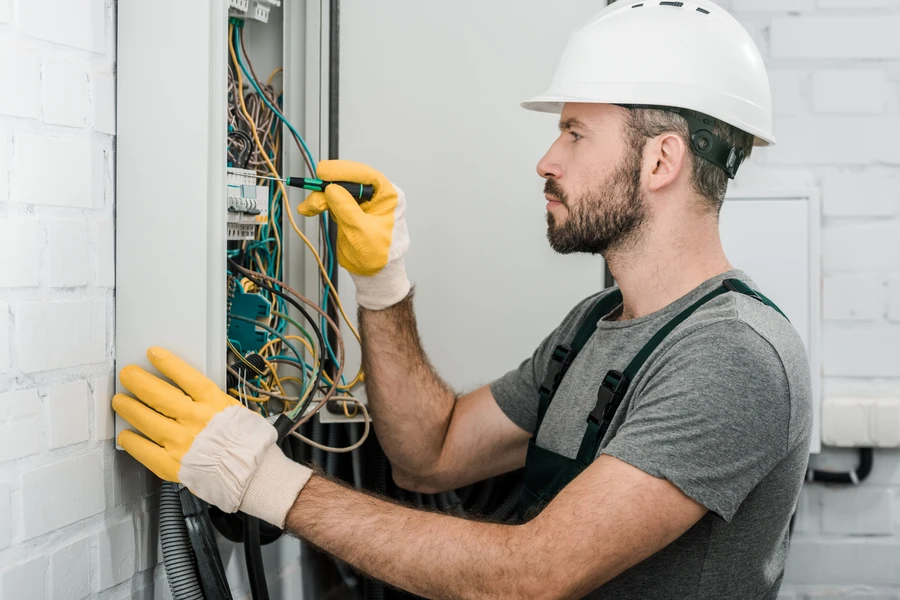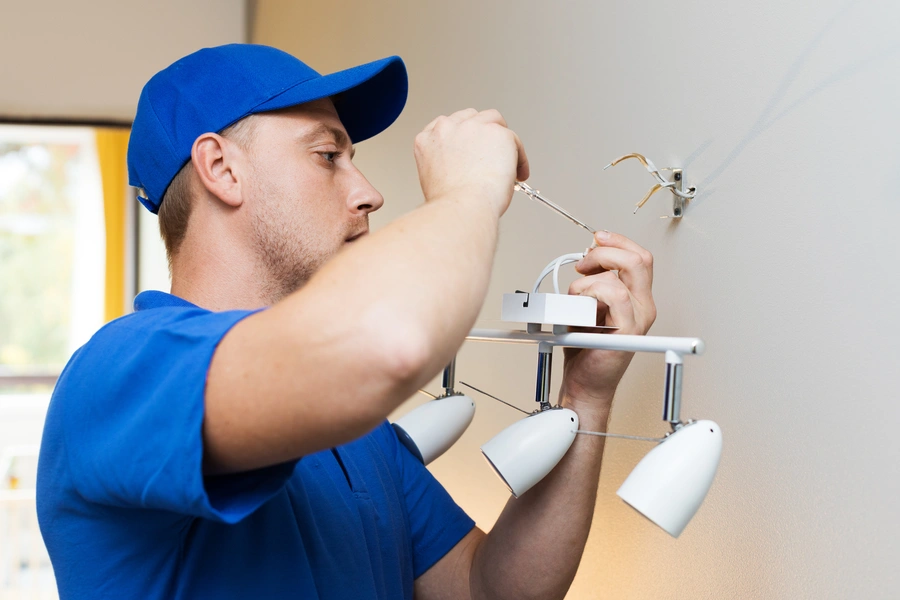Guidance for Identifying and Solving Basic Issues
Troubleshooting electrical problems safely is crucial. You can often identify and fix simple issues in your home or office without professional help. However, safety should always come first. In this guide, we’ll provide step-by-step instructions on addressing common electrical problems while ensuring your safety. By understanding these basic techniques, you can save both time and money.
Understanding Safety Precautions
Safety is the top priority when dealing with electricity. Before starting any work, ensure that the power is off at the circuit breaker. Use a voltage tester to confirm there is no power. Never touch wires or devices with wet hands, and always use insulated tools. If you’re unsure about any procedure, it’s better to contact a professional.
Identifying Common Electrical Issues
Many electrical problems are easy to spot. Flickering lights, outlets not working, and frequent circuit breaker trips are typical signs of trouble. Understanding these symptoms helps you pinpoint the issue quickly. Sometimes, resetting the breaker or replacing a blown fuse solves the problem. More complex issues require further diagnosis.
Troubleshooting Lighting Problems
Flickering lights could be due to loose bulbs or faulty fixtures. First, check if the bulb is screwed in tightly. If it still flickers, try replacing the bulb with a new one. If the problem persists, inspect the fixture and wiring. Be cautious and make sure the power is off before handling any components.
Handling Outlet Malfunctions
Dead outlets are often caused by tripped breakers or faulty wiring. Start by checking your home’s main panel for any tripped breakers; reset them if necessary. Next, inspect the outlet for damage or loose connections. For safety, use a multimeter to test for voltage at the outlet before touching any wires.
Solving Circuit Breaker Issues
If your circuit breaker trips frequently, it might be overloaded. Identify which appliances are connected to the same circuit and unplug some of them. Overloaded circuits can cause overheating and potential fire hazards. Consider redistributing your devices or consulting an electrician to upgrade your system.
Using Electrical Troubleshooting Techniques
Electrical troubleshooting often requires identifying whether an issue is with a device or wiring. Swap out devices on the same circuit to see if they work elsewhere. This can help determine if the fault lies within your equipment or the house’s wiring. Always proceed carefully to prevent injury or further damage.
Applying Best Practices
To maintain a safe electrical environment, keep these best practices in mind:
- Regularly inspect cords for wear and tear
- Avoid overloading outlets
- Use surge protectors for sensitive electronics
- Keep water sources away from electrical installations
- Arrange for annual professional inspections
Professional Recommendations and Standards
Adhering to industry standards ensures safety and efficiency in electrical systems. The National Electrical Code (NEC) provides guidelines for safe installations and repairs. Staying informed about these regulations helps you maintain compliance and avoid potential hazards.
Evaluating Cost Considerations
Certain fixes might seem costly initially but offer long-term savings. For instance, upgrading old wiring can reduce energy bills and enhance safety. Consider repair costs versus replacement benefits when evaluating solutions. Quality materials and skilled workmanship often lead to fewer issues down the line.
Your Path to Safe Solutions With Our Services
If you’re looking for reliable solutions in Brighton, CO, consider our expert services at Discount Electric Services. We specialize in diagnosing and fixing all types of electrical issues efficiently. Contact us at (303) 306-4681 for assistance with your home’s electrical needs today.

